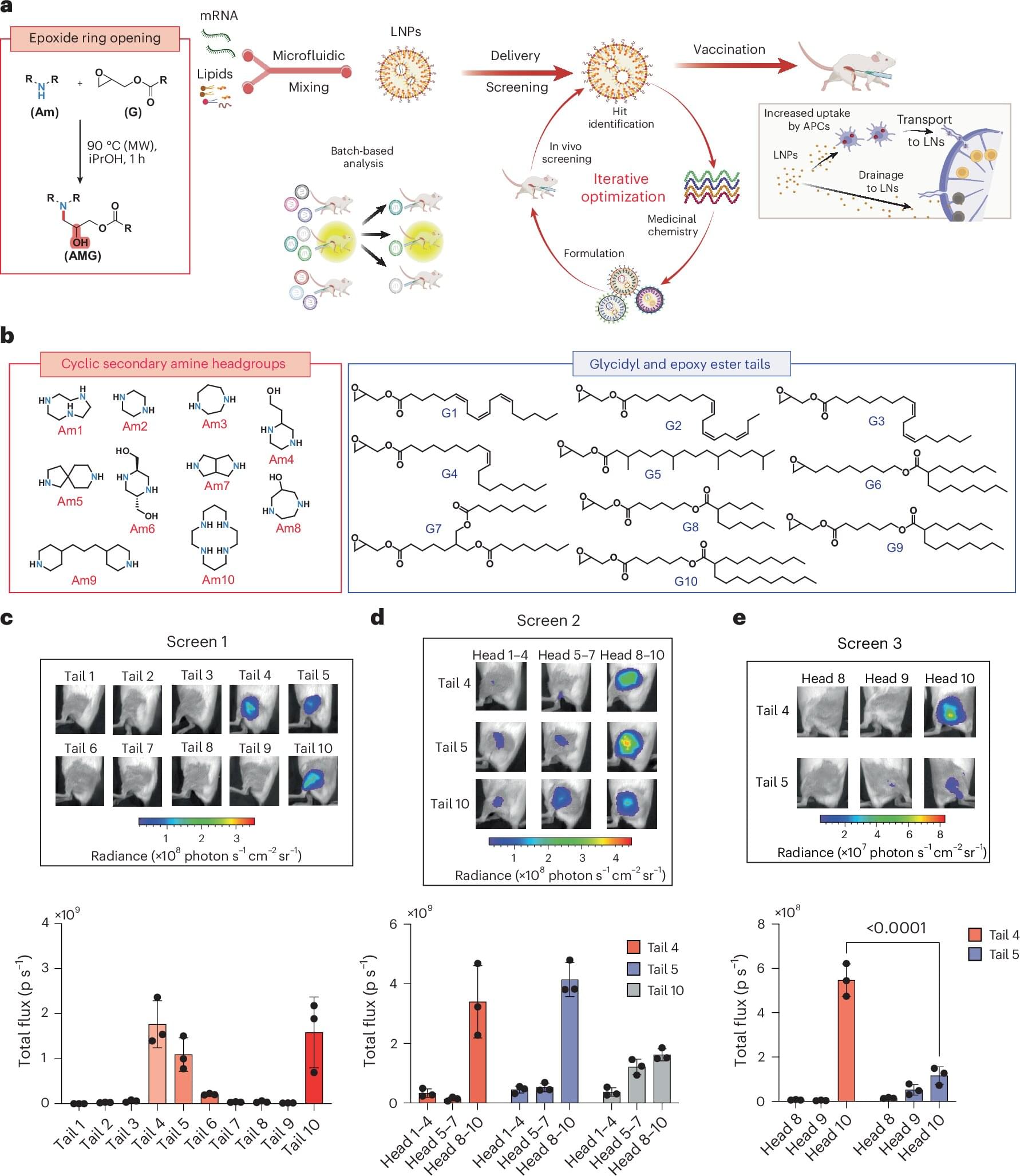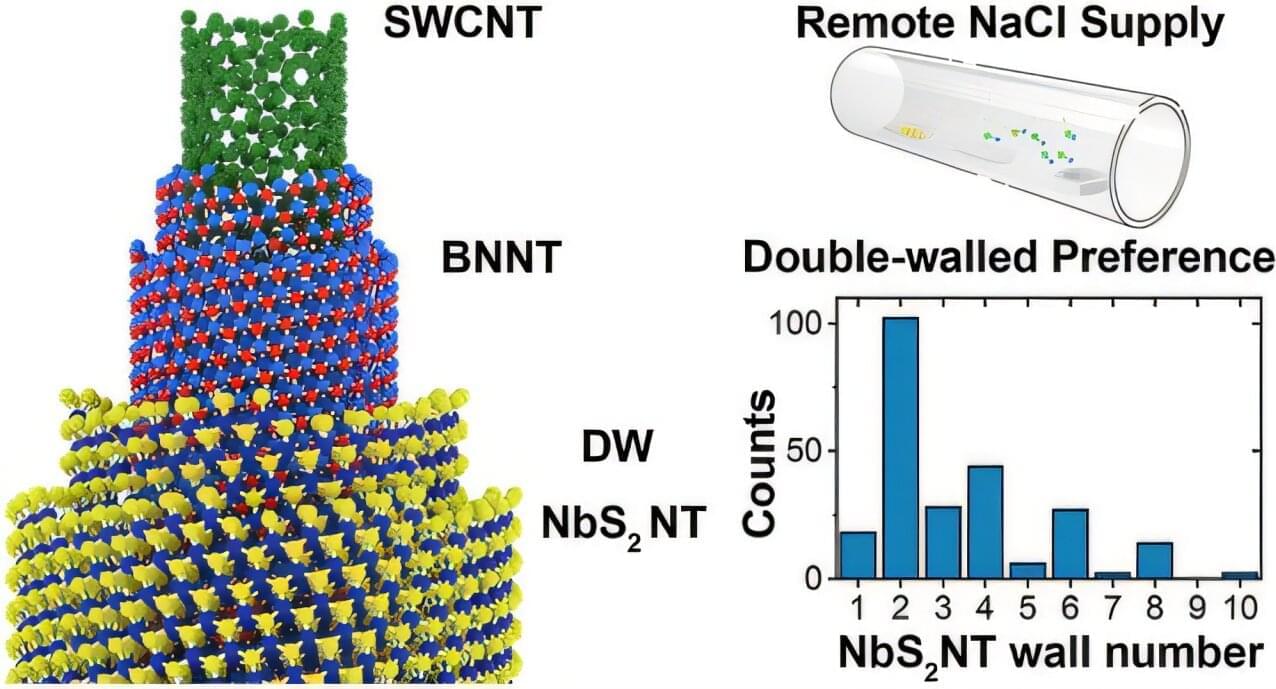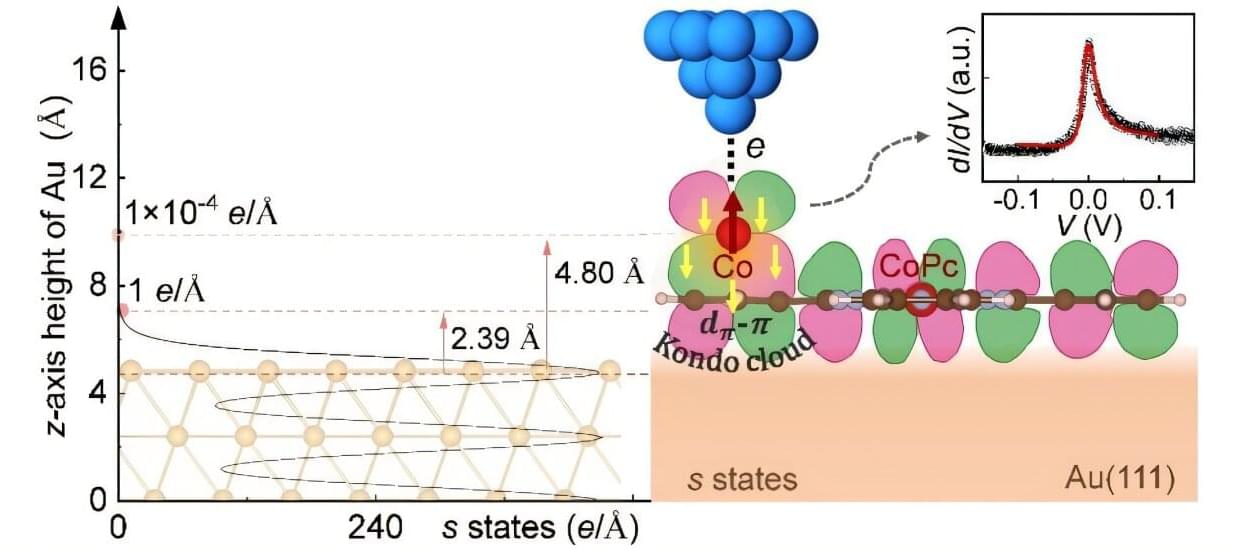Ultrasmall “bicones” are engineered from gas vesicles (GVs), a type of air-filled protein nanostructure, and produced in bacterial culture. This work develops foundational techniques for their potent…


Although the genetic cause of many diseases have been identified, it’s estimated that as many as 70% of patients with a rare disorder do not know what causes their disease. Millions of people live with rare diseases, and scientists are still searching for the answers to these medical mysteries. Now researchers have developed a different method for analyzing patient genetic data, which may provide clues. These findings, which were reported in Molecular Cell, have highlighted that multiple proteins can often be produced from one gene; the cell can simply interpret the sequence in different ways.
In a basic genetics lesson, a student will learn that proteins are encoded by genes, and that different genes make different proteins. But in reality, the same gene sequence may encode for multiple proteins, and it can be up to the molecular machinery of the cell to decide which of those gene sequences ends up transcribed into a protein. In fact, most genes can code for more than one protein.

A new delivery particle developed at MIT could make mRNA vaccines more effective and potentially lower the cost per vaccine dose.
In studies in mice, the researchers showed that an mRNA influenza vaccine delivered with their new lipid nanoparticle could generate the same immune response as mRNA delivered by nanoparticles made with FDA-approved materials, but at around 1/100 the dose.
“One of the challenges with mRNA vaccines is the cost,” says Daniel Anderson, a professor in MIT’s Department of Chemical Engineering and a member of MIT’s Koch Institute for Integrative Cancer Research and Institute for Medical Engineering and Science (IMES).

For the first time, researchers have made niobium sulfide metallic nanotubes with stable, predictable properties, a long-sought goal in advanced materials science. According to the international team, including a researcher at Penn State, that made the accomplishment, the new nanomaterial that could open the door to faster electronics, efficient electricity transport via superconductor wires and even future quantum computers was made possible with a surprising ingredient: table salt.
They published their research in ACS Nano.
Nanotubes are structures so small that thousands of them could fit across the width of a human hair. The tiny hollow cylinders are made by rolling up sheets of atoms; nanotubes have an unusual size and shape that can cause them to behave very differently from 3D, or bulk, materials.

A research group led by Prof. Li Xiangyang from the Hefei Institutes of Physical Science of the Chinese Academy of Sciences, has made a new discovery: a single organic molecule can induce the Kondo effect in a magnetic atom, challenging the long-standing belief that this quantum phenomenon requires a vast sea of metallic electrons.
The research results were published in Physical Review Letters.
The Kondo effect is a quantum many-body phenomenon where conduction electrons in a metal collectively screen the magnetic moment of a localized impurity atom. It has been helping to explain strongly correlated electron behavior and inspiring advances in nanoscience, molecular electronics, and quantum information research.


Scientists have developed a nanoparticle-based treatment that successfully reversed Alzheimer’s disease in mice.
As detailed in a new paper published in the journal Signal Transduction and Targeted Therapy, the team co-led by the Institute for Bioengineering of Catalonia, Spain (IBEC), and West China Hospital, Sichuan University, developed bioactive “supramolecular drugs” that can proactively repair the blood-brain barrier.
The barrier plays an important role in the health of the brain, defending it from harmful substances and other pathogens. Alzheimer’s has been linked to a weakening of the barrier’s integrity, allowing for impairing toxins to make it through.
Subscribe: http://bit.ly/1Wq6gwm.
Connect with Singularity University:
Website: http://singularityu.org.
Singularity HUB: http://singularityhub.com.
Facebook: https://www.facebook.com/singularityu.
Twitter: https://twitter.com/singularityu.
Linkedin: https://www.linkedin.com/company/singularity-university.
Google+: https://plus.google.com/+singularityu.
About Singularity University:
Singularity University is a benefit corporation headquartered at NASA’s research campus in Silicon Valley. We provide educational programs, innovative partnerships and a startup accelerator to help individuals, businesses, institutions, investors, NGOs and governments understand cutting-edge technologies, and how to utilize these technologies to positively impact billions of people.
Intro to Nanotechnology with Ralph Merkle | Singularity University.
https://www.youtube.com/user/SingularityU


Researchers at the University of Warwick have created a straightforward new way to predict how irregularly shaped nanoparticles, a harmful type of airborne pollutant, move through the air.
Each day, people inhale countless microscopic particles such as soot, dust, pollen, microplastics, viruses, and engineered nanoparticles. Many of these particles are so small that they can reach deep into the lungs and even pass into the bloodstream, where they may contribute to serious health problems including heart disease, stroke, and cancer.
While most airborne particles have uneven shapes, existing mathematical models often treat them as perfect spheres because that makes the equations easier to handle. This simplification limits scientists’ ability to accurately describe or track how real, non-spherical particles move, especially those that are more dangerous.